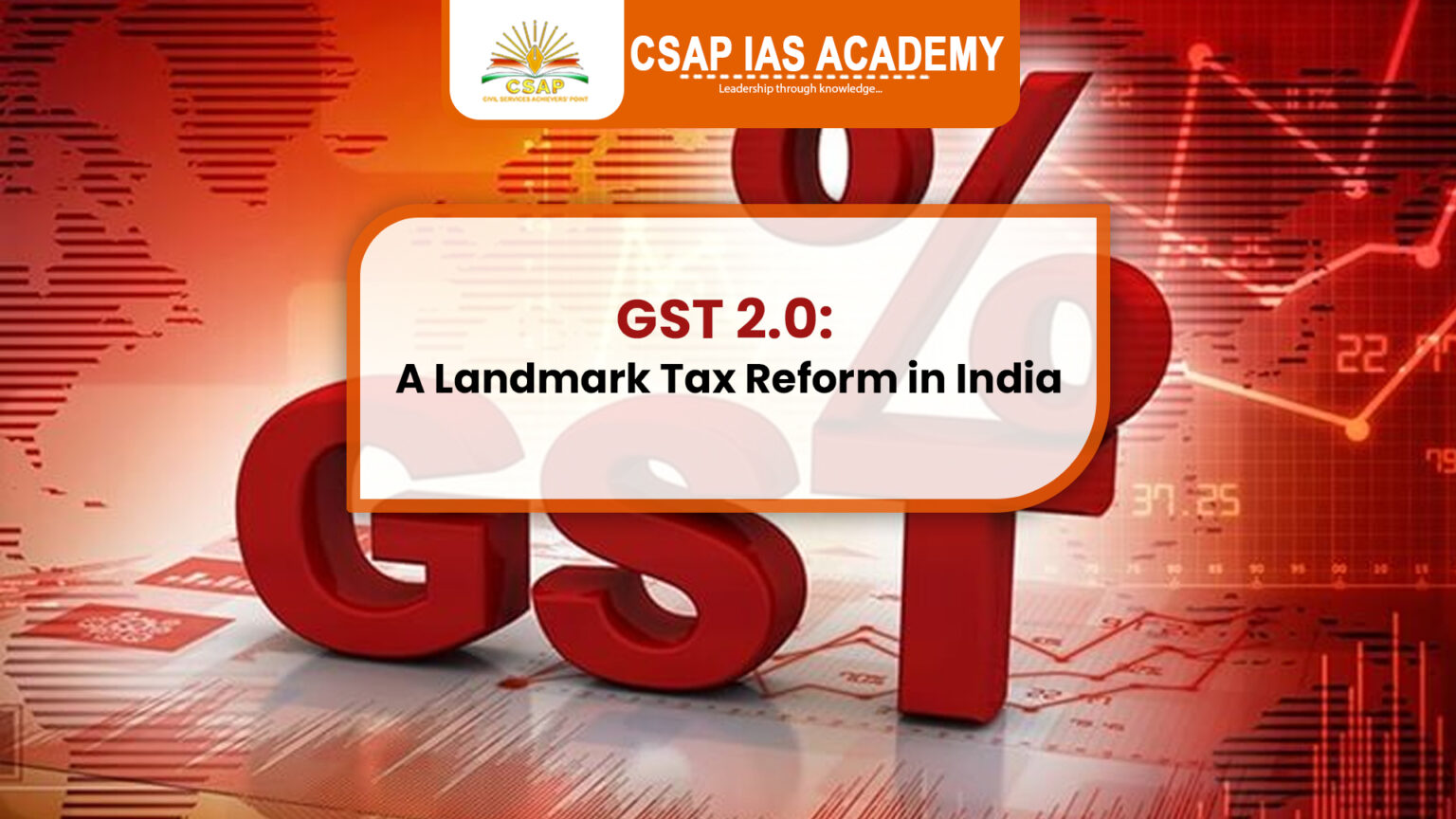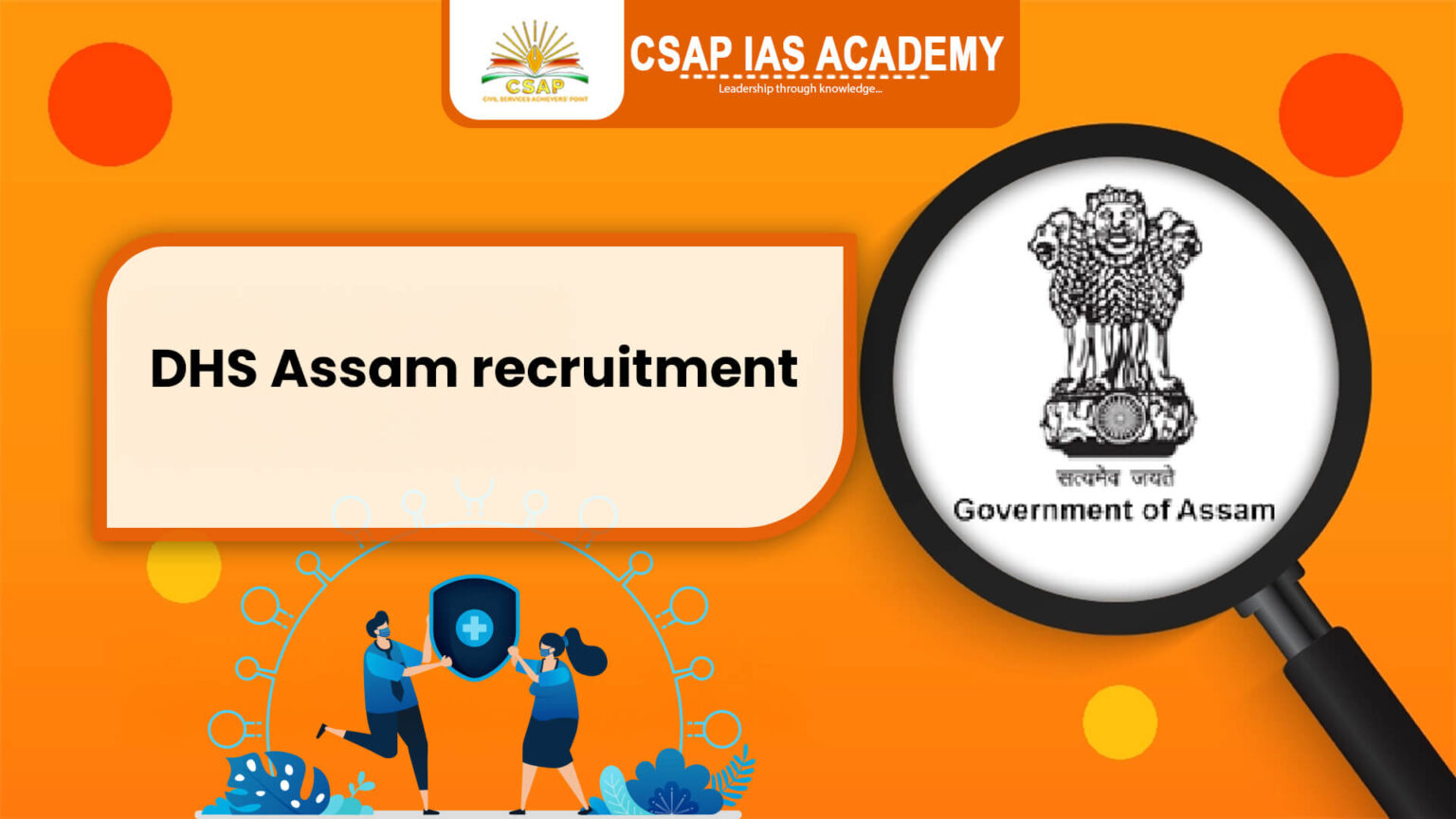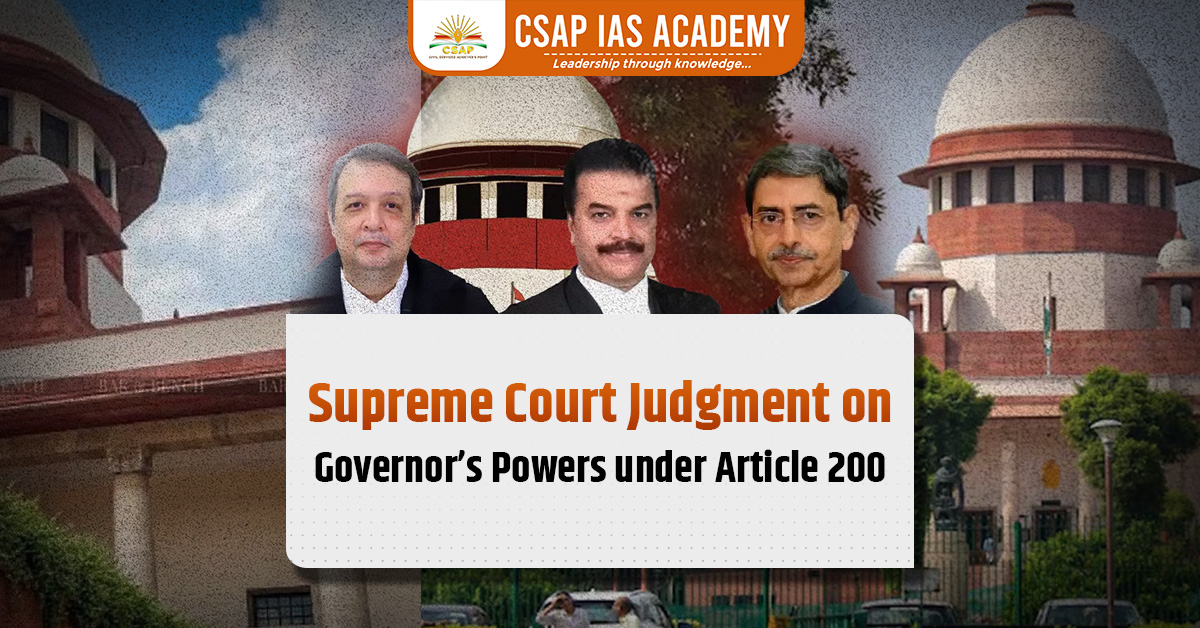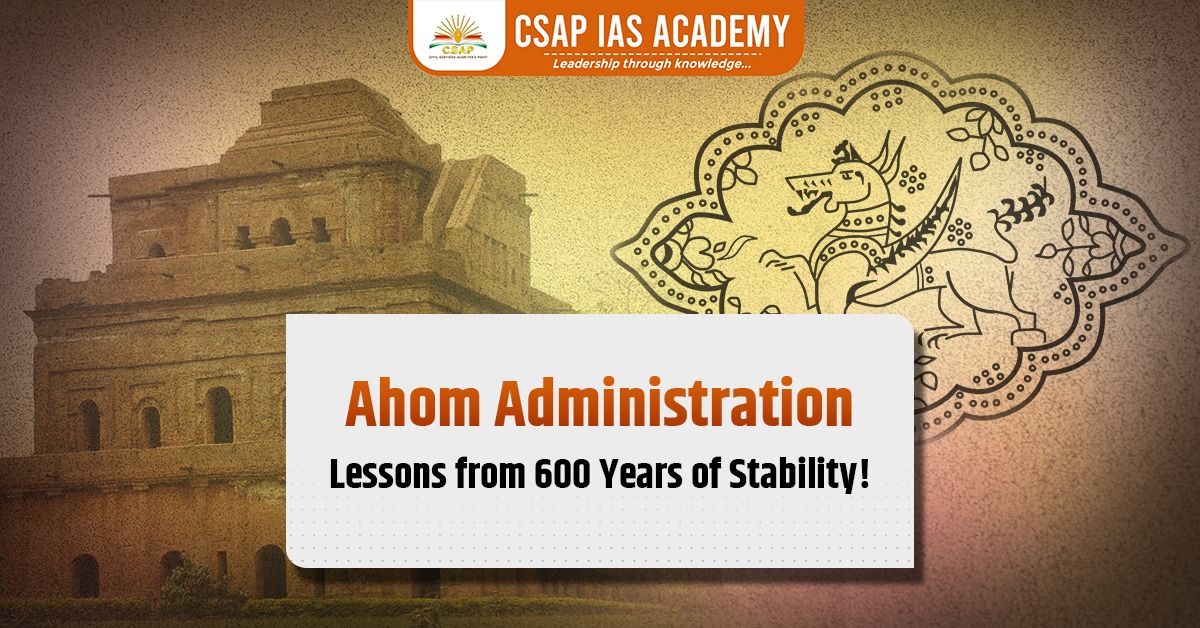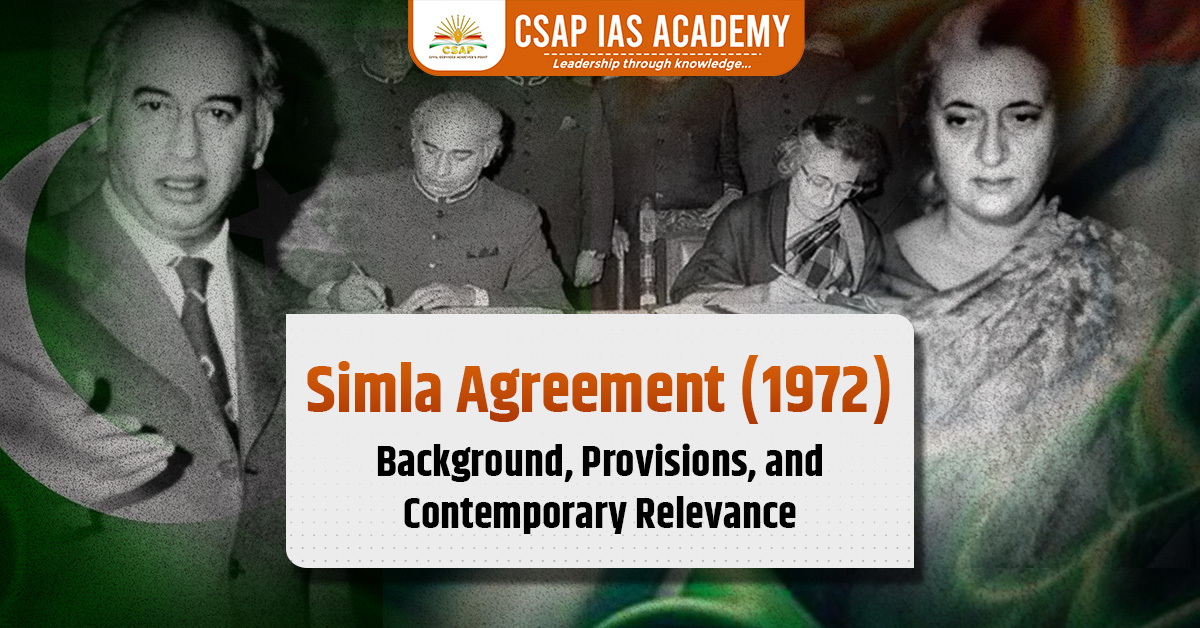Disaster Management Previous Year Questions (PYQs) | UPSC Mains Examination
Referring to the disaster management PYQ UPSC will help you understand the pattern and type of questions asked. In the Mains test, candidates can expect 1 to 2 questions from the topic.
Q.1) Dam failures are always catastrophic, especially on the downstream side, resulting in a colossal loss of life and property. Analyse the various causes of dam failures. Give two examples of large dam failures. [150 Words] [10 Marks] [2023]
Q.2) Explain the mechanism and occurrence of cloudburst in the context of the Indian subcontinent. Discuss two recent examples. [150 Words] [10 Marks] [2022]
Q.3) Explain the causes and effects of coastal erosion in India. What are the available coastal management techniques for combating the hazard? [250 words] [15 Marks] [2022]
Q.4) Describe the various causes and the effects of landslides. Mention components of the important components of National Landslide Risk Management strategy. [250 Words] [15 Marks] [2021]
Q.5) Discuss about the vulnerability of India to earthquake related hazards. Give examples including the salient features of major disasters caused by earthquakes in different parts of India during the last three decades. [150 Words] [10 Marks] [2021]
Q.6) Discuss the recent measures initiated in disaster management by the Government of India departing from the earlier reactive approach. [250 Words] [15 Marks] [2020]
Q.7) Vulnerability is an essential element for defining disaster impacts and its threat to people. How and in what ways can vulnerability to disasters be characterized? Discuss different types of vulnerability with reference to disasters. [150 Words] [10 Marks] [2019]
Q.8) Disaster preparedness is the first step in any disaster management process. Explain how hazard zonation mapping will help disaster mitigation in the case of landslides. [250 Words] [15 marks] [2019]
Q.9) Describe various measures taken in India for Disaster Risk Reduction (DRR) before and after signing ‘Sendai Framework for DRR (2015-2030)’. How is this framework different from ‘Hyogo Framework for Action, 2005’? [250 Words] [15 marks] [2018]
Q.10) On December 2004, tsunami brought havoc on 14 countries including India. Discuss the factors responsible for occurrence of Tsunami and its effects on life and economy. In the light of guidelines of NDMA (2010) describe the mechanisms for preparedness to reduce the risk during such events. [250 Words] [15 marks] [2017]
Q.11) The frequency of urban floods due to high intensity rainfall is increasing over the years. Discussing the reasons for urban floods, highlight the mechanisms for preparedness to reduce the risk during such events. [200 Words] [12.5 Marks] [2016]
Q.12) With reference to National Disaster Management Authority (NDMA) guidelines, discuss the measures to be adopted to mitigate the impact of the recent incidents of cloudbursts in many places of Uttarakhand. [200 Words] [12.5 Marks] [2016]
Q.13) The frequency of earthquakes appears to have increased in the Indian subcontinent. However, India’s preparedness for mitigating their impact has significant gaps. Discuss various aspects. [200 Words] [12.5 Marks] [2015]
Q.14) Drought has been recognized as a disaster in view of its spatial expanse, temporal duration, slow onset and lasting effects on vulnerable sections. With a focus on the September 2010 guidelines from the National Disaster Management Authority (NDMA), discuss the mechanisms for preparedness to deal with likely El Nino and La Nina fall outs in India. [200 Words] [12.5 Marks] [2014]
Q.15) How important are vulnerability and risk assessment for pre-disaster management? As an administrator, what are key areas that you would focus on in a Disaster Management System? [200 Words] [10 Marks] [2013]


